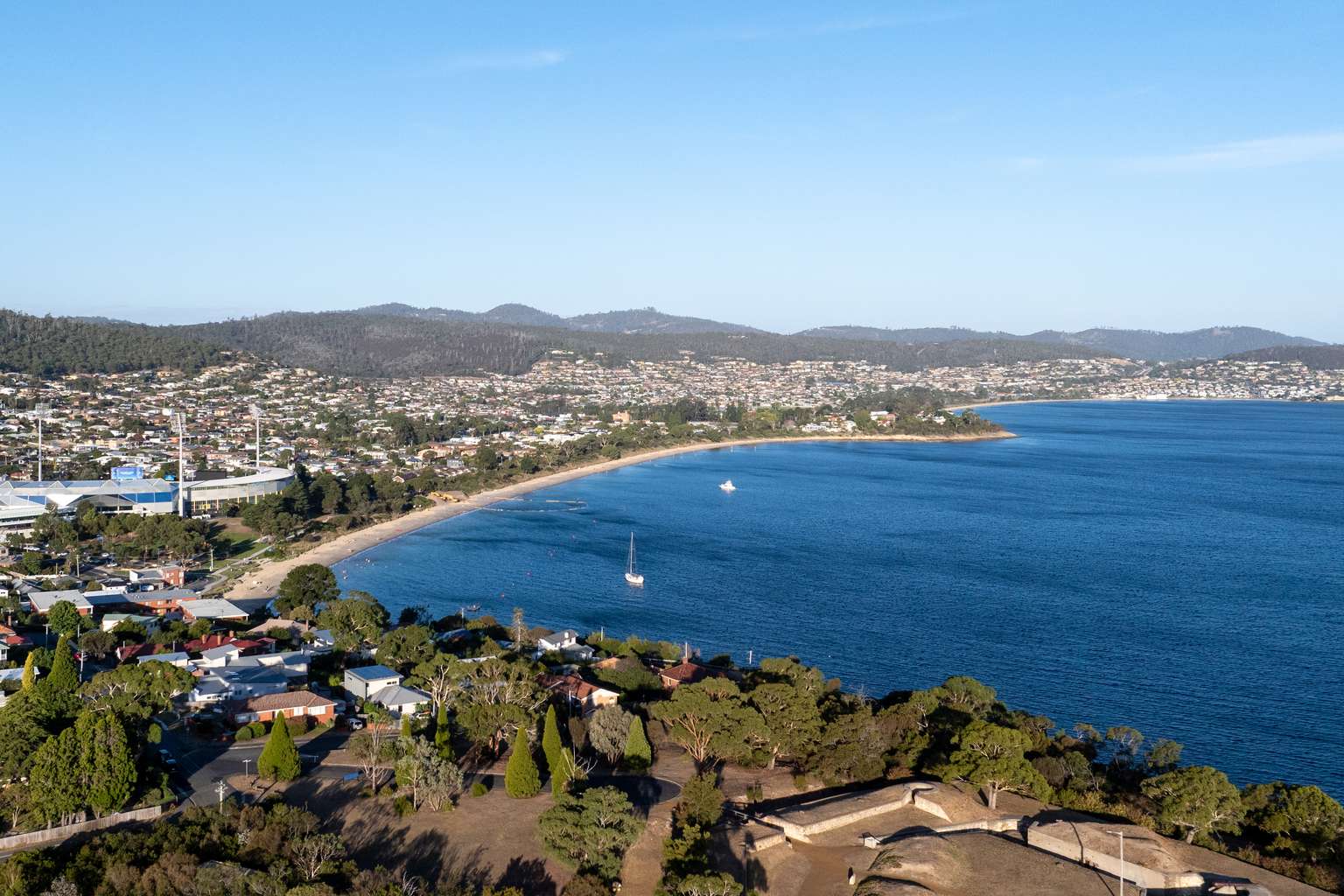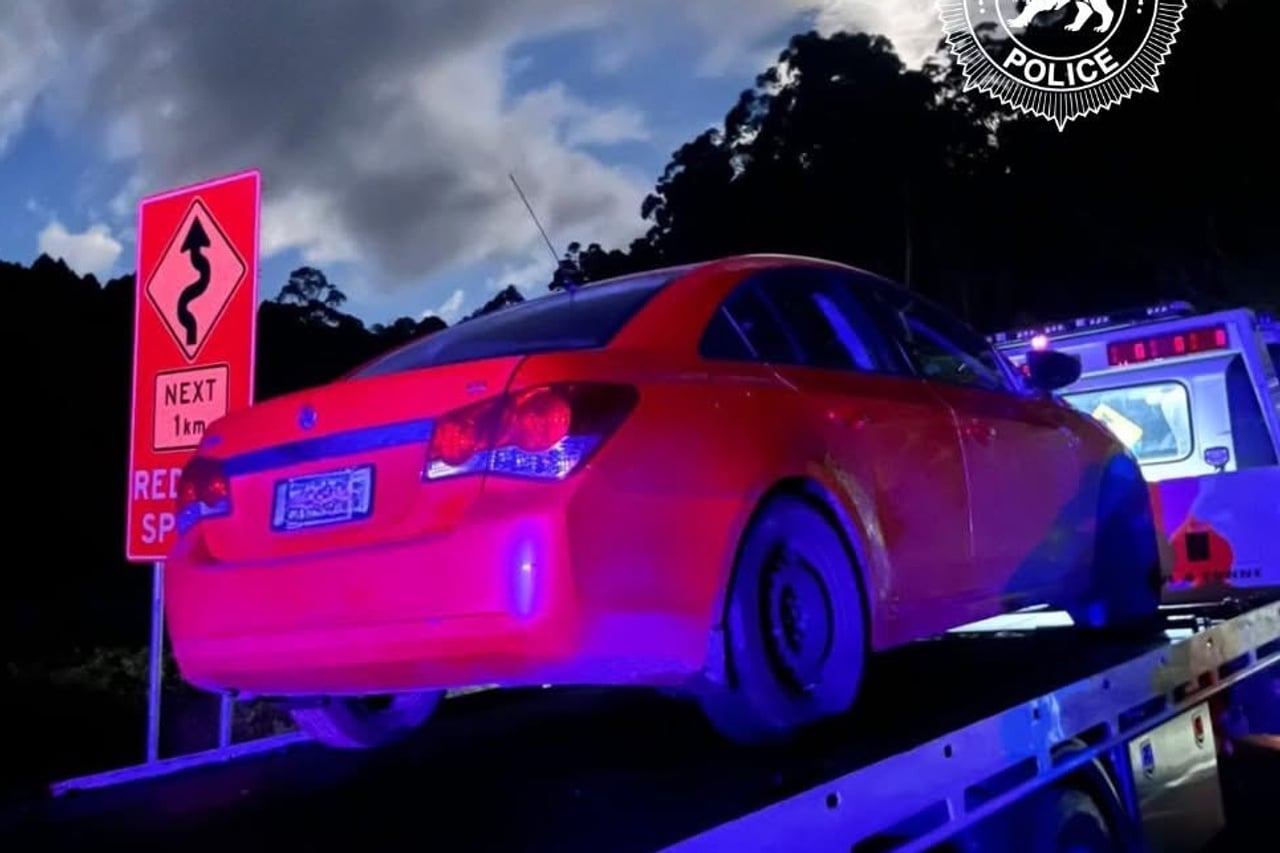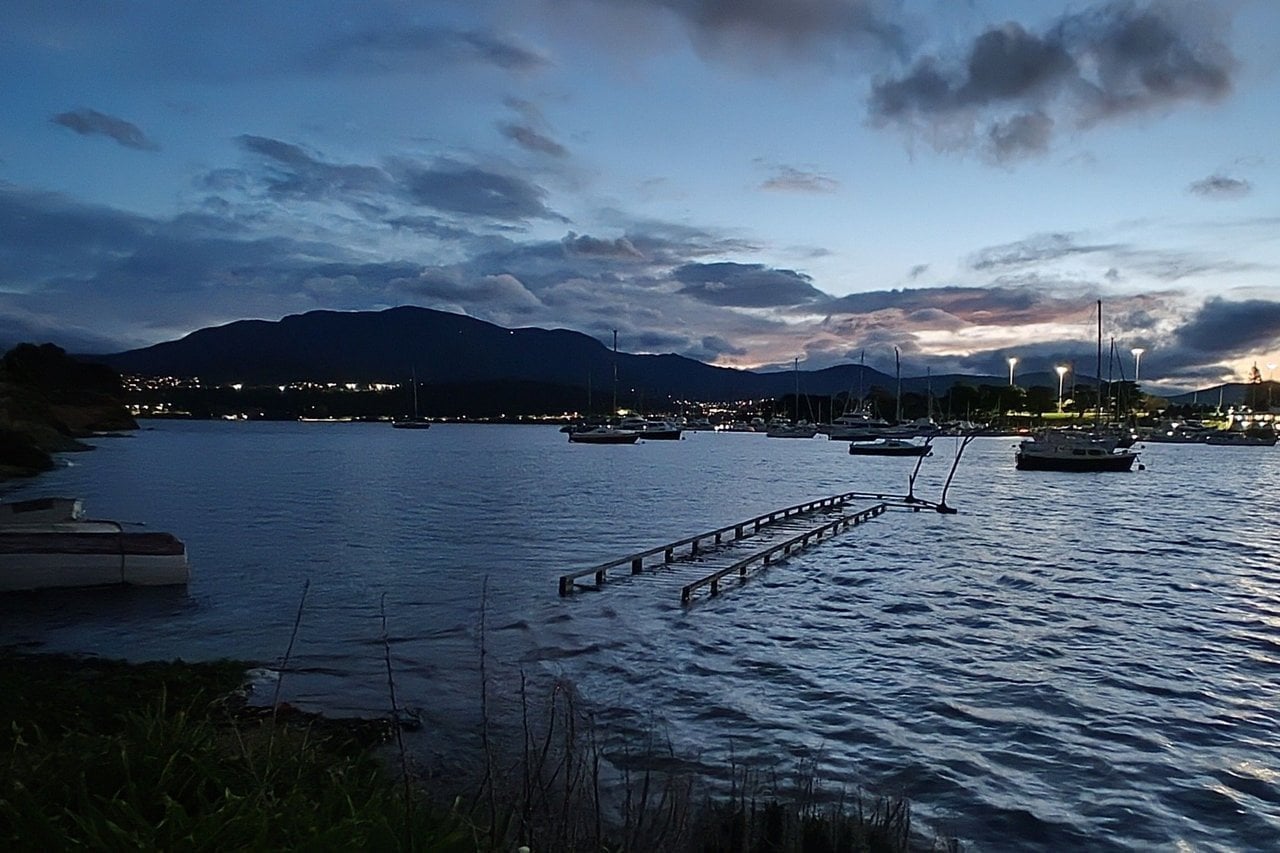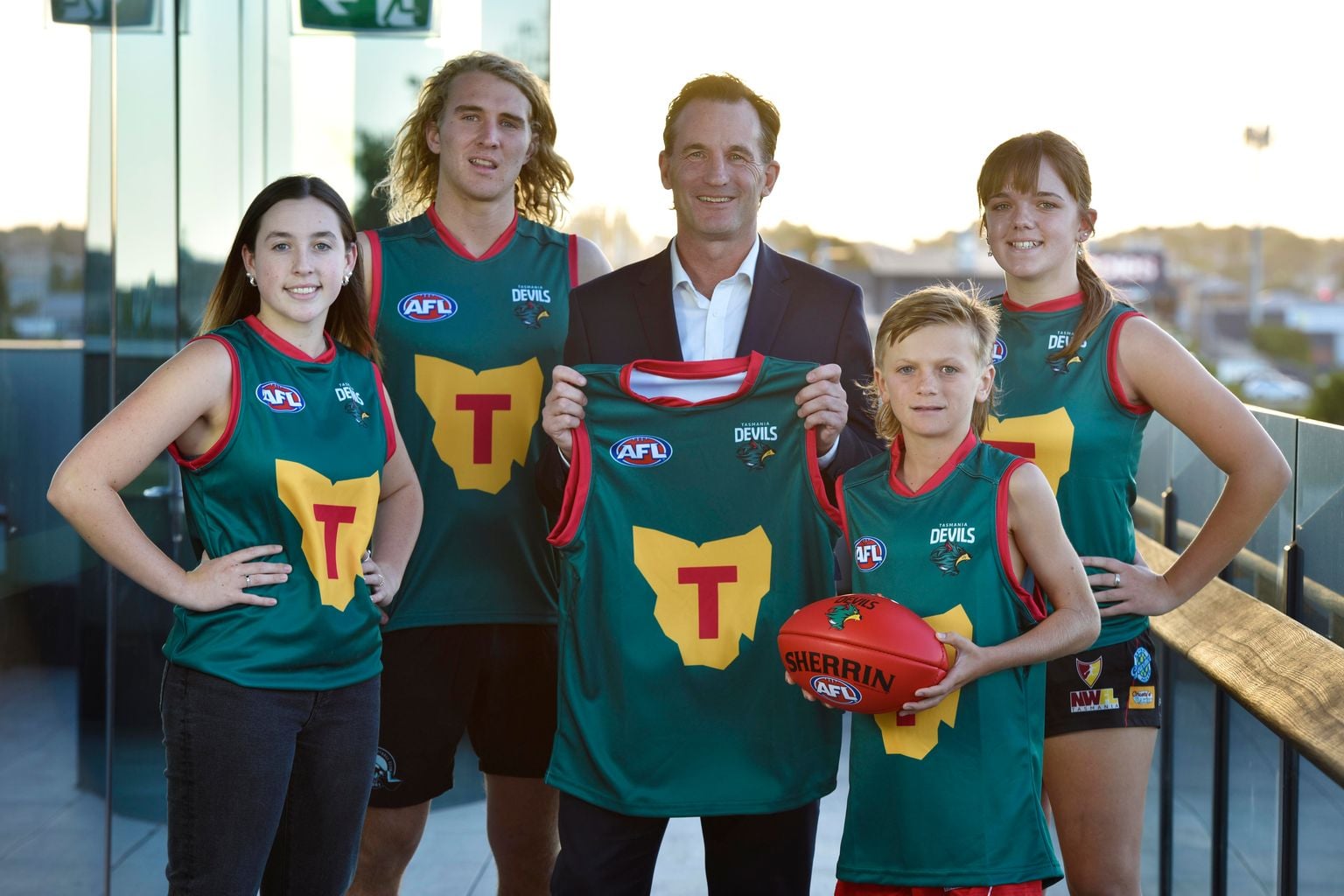Hobart City Council has given the green light to a new transport strategy aimed at reducing car usage in the capital and instead pushing people towards “climate-friendly and sustainable modes of transport”.
The 2024 Transport Strategy, passed at Monday’s council meeting, is “designed to foster” walking, cycling and public transport.
Acting Lord Mayor Zelinda Sherlock said the strategy will create a city where everyone has “effective, safe, healthy and environmentally friendly ways to move and connect”.
“Encouraging people to try new ways of travelling can lead to less congestion, reduced travel expenses, lower emissions and healthier individuals,” she said.
According to the council, cars currently account for 63% of weekday trips in the city, followed by walking at 28%, public transport at 4% and bike riding at 2%—numbers they want to flip to address the “global climate and biodiversity emergency”.

“Where we can, replacing car trips with active and public transport trips is an immediate way we can reduce emissions,” the strategy reads.
“The transition away from fossil-fuel powered vehicles will also be an important factor in reducing emissions.”
However, some councillors raised concerns that the strategy had missed the point, with John Kelly calling it “extremely discriminatory” towards older people and those with disabilities.
“I ride a bike most days. Love it, have for the last 55 years … but 2% … of the people coming into Hobart by council’s own statistics … It’s such a small figure that we are wasting so much of our money, valuable resources, space and everything on. It’s just wildly, wildly out of proportion,” he said.
Marti Zucco shared similar views and questioned why the council had used ‘irrelevant’ 2015 data from Canada that suggested walking costs governments $0.01 per dollar invested compared to $9.20 for driving.
“If we are going to do a strategy on Hobart, we need the data on Hobart, not the data on Siberia. Because anything outside of Hobart is Siberia to me,” he said.
“We shouldn’t even be standing here, giving consideration to report such as this if it doesn’t give me the data on the city that I represent.”

“The actual revenue that we spend in our city in regards to infrastructure in places such as Lefroy Street … Lenah Valley … New Town … Salamanca … North Hobart, as in this report, is all generated by cars, not by bikes, not by scooters or by people walking.”
“We don’t need, as far as I’m concerned, infrastructure everywhere when it comes to bikeways or scooters … we all know we already are having major problems with Campbell Street.”
“I cannot support this transport strategy because it’s predominantly going on about everything but cars … This transport strategy is not a transport strategy. It is a ‘how can we increase more bikeways in the city of Hobart at the expense of people’.”
On the flip side, Councillor Bill Harvey was moved by the health benefits of getting people out of their vehicles, saying too many people “rely solely” on their cars.

“We know in Hobart that in some areas, based on previous data, that people drive very short distances. There’s a large percentage of people that drive less than a kilometre,” he said.
“That’s a thing we should hopefully discourage by providing encouragement for other alternatives of walking and cycling in the zone where you can walk and cycle.”
Councillor and City Mobility Portfolio Chair Ryan Posselt said the strategy offers “flexible and inclusive transport options for everyone”.
“Transport choice means that when we need to get from A to B, we have a variety of options at our disposal that are safe, efficient and comfortable to use,” he said.

“Investing in infrastructure provides opportunities for people to experience the benefits of walking, riding and taking public transport, enhancing Hobart’s liveability and productivity and freeing up critical road space for those who choose to drive.”
The strategy includes 71 actions that will be rolled out across the coming years.
Mike Dutta, Ryan Posselt, Gemma Kitsos, Ben Lohberger, Bill Harvey and Zelinda Sherlock supported it.
Marti Zucco, John Kelly, Will Coats, Louise Bloomfield and Louise Elliot did not.







